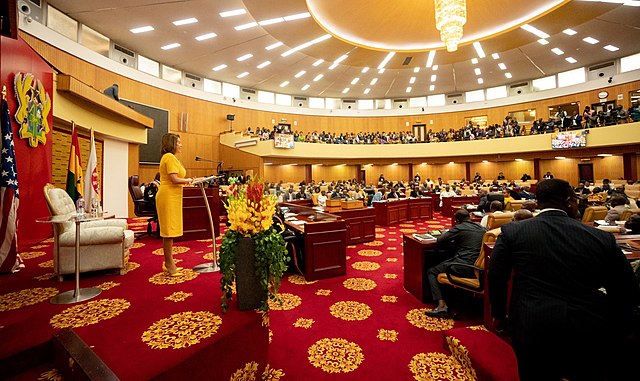
A new sight for many students entering college for the first time are the emergency phones, beacons of safety and comfort scattered around campus, promising the speedy arrival of help in any sort of dangerous situation. They stand tall, marked by bold lettering and a gleaming blue light, directing the eye toward the large, red button that will activate the light and call the University of Massachusetts Police Department, as well as alerting them of your location. They’re very visible, even from a distance, and the UMass campus has over 115 of them.
But the question is, is 115 enough?
UMPD claims that the phones are located at strategic points and while that may be true, there still are some concerns regarding their location. While UMass is a safe campus – despite its reputation that’s earned it the more interesting name, ZooMass – students still have the right to feel concerned.
Ten months ago, a writer for The Tab, Rachel Ornitz, conducted a survey of 100 UMass students asking them about safety on campus. In this survey, 30 percent of people replied that they did not always feel safe from physical attack or harm on campus, usually referencing feeling unsafe around the large numbers of drunk students during the weekends, or being afraid to walk alone at night. But, even worse, two-thirds of female students surveyed answered that they did not always feel safe from sexual assault on campus. One student even claimed that the blue light system on campus didn’t work.
How could this be? UMPD checks all blue lights once every two weeks to ensure that they’re in working order. The girl from Ornitz’s survey may not have been referring to a light that was nonfunctional; she may have been referring to the spaced-out nature of the lights, or perhaps the many places on campus where a light is not immediately visible. The UMass campus is 1,463 acres (2.286-square miles) according to U.S. News and World Report.
After the size of Hadley farm and other agricultural campus lands are subtracted from the equation, the blue light density is around one blue light for every 8.809 acres, or one per every 383,720 square feet. I did my math maybe three times over because I couldn’t believe how large of a number I’d gotten a standard NFL football field is 57,600 square feet, or 1.322 acres. So, this campus supports one blue light for every 6.663 football fields.
I’m going to now compare these values to another Massachusetts campus, namely a college that takes blue light safety incredibly seriously, so seriously that they claim you can see at least two blue lights from any and all points on campus: Worcester Polytechnic Institute. Now, U.S. News and World Report puts WPI at only 80 acres, a tiny campus compared to UMass. However, it has 108 blue lights on campus, only a measly seven less than UMass. That puts WPI at one blue light per 32,367 feet, or one per 0.741 acres. That’s around two blue lights per football field.
Is this overkill? Maybe. But is it better than UMass? Absolutely.
While we do not need to achieve the blue light density displayed by a school WPI, we do have a need for improvement. The safety of the students should be a number one priority. We live in a modern world where people are unpredictable, and every rape, every assault, every mugging of a student is a crime against the whole University and something we as a campus need to work to nullify. The blue light system is a system of prevention and prevention is the best medicine.
Nicole Neely is a contributing columnist and can be reached at [email protected].



















Dr. Venckman • Sep 27, 2016 at 1:38 pm
What are the actual crime statistics on campus? That would be helpful to know whether the current system needs fortification.
Stefan Herlitz '15 • Sep 27, 2016 at 1:19 pm
Are blue lights truly that helpful? I don’t have numbers, but from my time at UMass I recall they’re very infrequently used, partly because students almost always carry phones on their person and because the crimes they’re designed to prevent aren’t amenable to having a student run to and wait at a stationary telephone outside for the police to arrive. Doubling the density of blue lights on campus would the a very, very large expense, and it seems like there must be more effective ways to increase student safety with the same amount of money.
David Hunt 1990 • Sep 27, 2016 at 11:51 am
Obviously I do not endorse criminal activity, but people need to be aware of their surroundings.
This is not a perfect world. There are bad people out there. Be alert. Be careful.